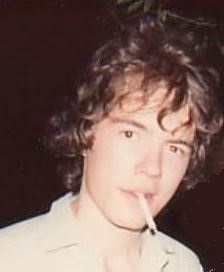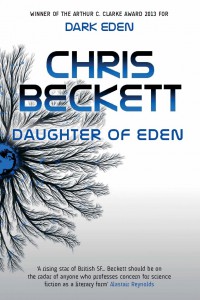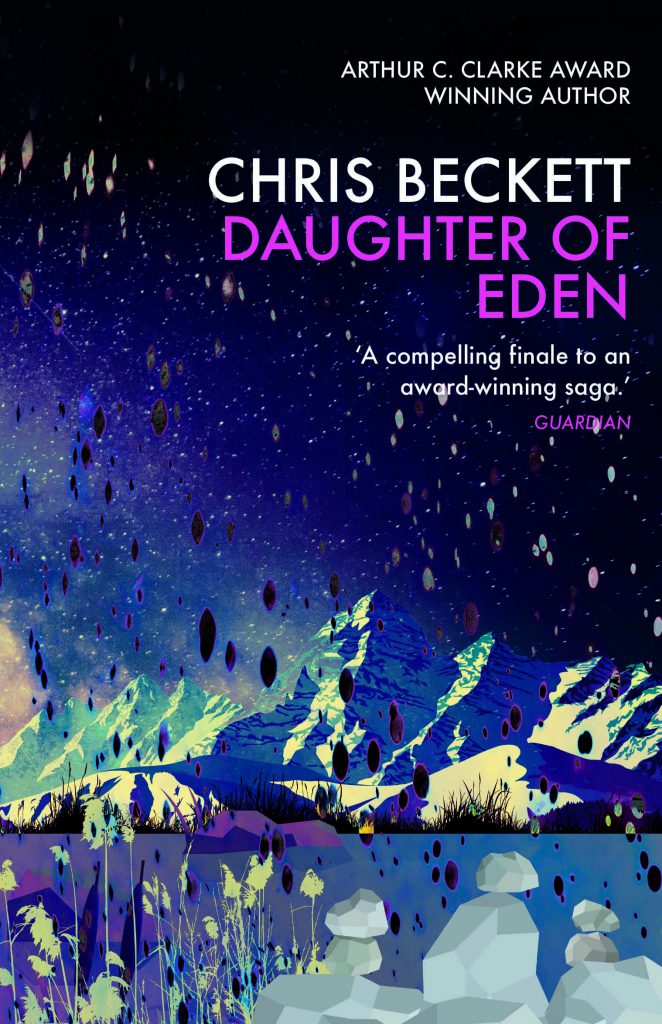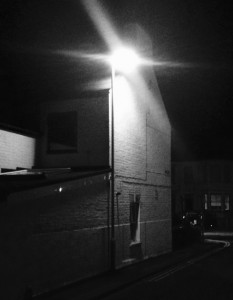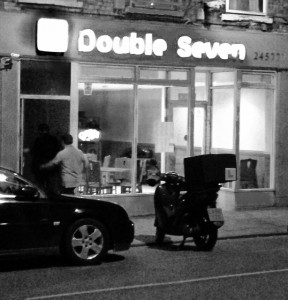I was 15 when Hunky Dory came out, and it completely enchanted me. Lush, lavish, at times almost operatic, it was wonderfully different from the earthy bluesy music people around me were listening to at the time, and I couldn’t get enough of it.
So taken with David Bowie was I, in fact, that I actually risked expulsion from school to see him. Discovering that he would be playing at Oxford Town Hall one Saturday night, as part of his Ziggy Stardust tour, I bunked off from the boarding school I was at in Dorset, and hitchhiked 70-odd miles to Oxford. I was an odd, solitary kid at that time and had run off from school on a previous occasion to wander for four days round the Dorset countryside by myself, oddly indifferent to the worry I was causing. It had been made pretty clear to me that, if I went missing like that again, the school would ask me to leave.
Bowie still wasn’t famous enough then to fill a town hall, and I just bought a ticket at the door. I sat in one of those brown metal chairs with canvas seats that you get, or used to get, in village halls, with empty seats all around me. It was a fairly ragged performance as I remember (perhaps simply because I missed the lushness and artifice of Hunky Dory) but it was certainly a spectacle. Bowie was in full Ziggy Stardust regalia, kneeling to perform musical fellatio on the guitar strings of his beautiful blonde guitarist, Mick Ronson. (I wonder if his biggest achievement might turn out to be that he opened up the possibility that gay sexuality could be stylish and cool? But I think the pull for me was the way that he made loneliness and outsiderhood seem cool also.)
Although Oxford was actually my home town, I didn’t think my parents would appreciate the fact that I was playing hookey from school, so after the concert I spent the night on the streets. When it got too cold in the early hours of the morning, I huddled up in a cubicle in a public toilet. (A trick I’d learnt from the previous escapade was to sleep in the Ladies. The Gents had urinals that suddenly flushed every few minutes, jerking me out of whatever level of sleep I’d managed to reach.)
When dawn broke, I hitched back down to Dorset. I guess this was about 4 or 5 in the morning. I remember the first driver to pick me up was so tired that he nodded off and drove right over a roundabout rather than going round it. Luckily there was no other traffic on the road.
Back at school I’d got someone to ruffle up my dormitory bed to make it look like I’d slept in it, and no one had noticed my absence. This was probably a good thing, because my happiest time at that school was my final year, and I made some friends then who’ve remained friends to this day.
Though who knows? Perhaps if I’d been expelled, I would have been forced to have the showdown with my parents that I really should have had, but which boarding school – and perhaps this is one of the purposes of this peculiar English institution – had helped me and them to sidestep. In which case Bowie really would have changed my life. As it was, a previous Bowie album, The Man who Sold the World, darker and more druggy, was to become the soundtrack to my memories of a time when, in place of open rebellion, I and my new friends retreated into our own subterranean world.
Here’s a Bowie song (actually a cover by him of a song by Iggy Pop), from a much later period, which is associated in my mind with that feeling of freedom and breaking away that comes with a sudden impulsive journey.
